We all know how hard it is to stick to the diet when we are traveling, especially when you are on a tough schedule and in a foreign country, not even mentioning far away continent where we have no idea of the local eating habits nor knowledge of the language on the food packaging in shops to make the best .
My Japan trip was quite a challenge dieting wise as always had to carefully choose what to eat. Luckily for me Japanese are really conscious of what they are eating in traditional restaurants offering small portions and different food bites – selection of first courses, perfectly pairing protein and carbs. Like fish and rice for lunch and proteins (fish) for dinner accompanied with some sea weeds and small portions of salad.
This is how looked our first lunch meal between my colleagues and myself right after our arrival – all starving so headed to first local place in Shibuya district where we were staying to get something warm to get us going.
Our choice went for a edamame – soya beans and some miso soup for starters and than some rice and raw fish as a main course. ( I went for tuna).
You will never find bread in a traditional places not even for breakfast, so be prepared. Also rice is usually not served with a fish separately and if desire it will have to order it apart.
Actually these portions are really tiny – you can see the dish size by chopsticks that they are tiny..which is GOOD because you will not get full immediately and have space to try different things. (it’s usually included in a set, when ordering a food in a traditional places).
As every day I had meetings in our office complex than had a chance to try out even a local lunch place not for tourists. Luckily for me I was with my Japanese colleague that helped me to choose and order.
As a tea lover than I always choose some good cup a green tea. Absolute must try.
Great plus to many places are the pictures in menu for easier and faster choice.
And here is my traditional lunch set, as always portions are just right size – the bowl itself is a size of cereal bowl – so not a huge one, so don’t be surprised. My choice went for a rice topped with a raw fish and egg assortment.
My best recommendation – try to choose traditional places and aim for a menu with pictures. Choose rise with some raw fish for the right amount of carbs and protein combo to get the energy you need for the rest of the day – just like locals do.
DINNER. oh well, that’s a different story – here the best thing is to have some local ordering for you, but the best advise is just go for some raw fish and sea weeds and hold back on the fried things (those are seen everywhere, so be aware).
Here is some example of our dinner.
I would suggest to get away from the fried food, but if cannot take it anymore the raw fish or raw chicken or beef or even horse (yes, you can get it there too) this might be a good alternative.
Another dinner looked something like this:
This is pretty traditional set for dinner with seafood selection.
Oh, this was fun! It was a game – we ordered some traditional type of dumplings but only one was super spicy and we all had to take one and the looser would need to pay for dinner..
My dumpling was the winning one, but luckily get away of not paying a bill for a 10 people!
..But I tell you – my mouth was on fire and no rice nor bread to ease my suffering or stop my tears! SO spicy! so was an entertainment to everyone – my suffering! (Also I believe I purified and killed all bacteria in my body with this little baby from hell! he-he-he).
Last but not least – last night airport dinner before heading home. Went for a edamame and local grilled chicken but as it was tiny took for later another salad to have it on the plane.
Of course I had also went to a supermarket to get myself drinking water, as essential to maintain the form and not get dehydrated when sightseeing/running around the city for meetings and appointments and of course some snacks on the go – like fruit, yogurt, power bars, etc. So for your reference here is a just basic indications on reading labels in Supermarkets to find out how much is Fat, Protein and Carbs in each product:
脂質 – FAT Can also be seen as “タンパク質” or “たん白質”
たんぱく質 – PROTEIN
炭水化物 – CARBS
As I am not premium remembering all the signs and differences, than I just wrote out these 3 and memorized just first symbol/letter and take it from there.
This knowledge came handy when I hit supermarket to buy (find) Greek yogurt and some powerbars.
However if you are worried about food shopping in general and reading labeling – check out this wonderful chart of how to read Food labels by Ashley from Surviving Japan.
What about you? Have you ever been in Japan? What did you eat there?





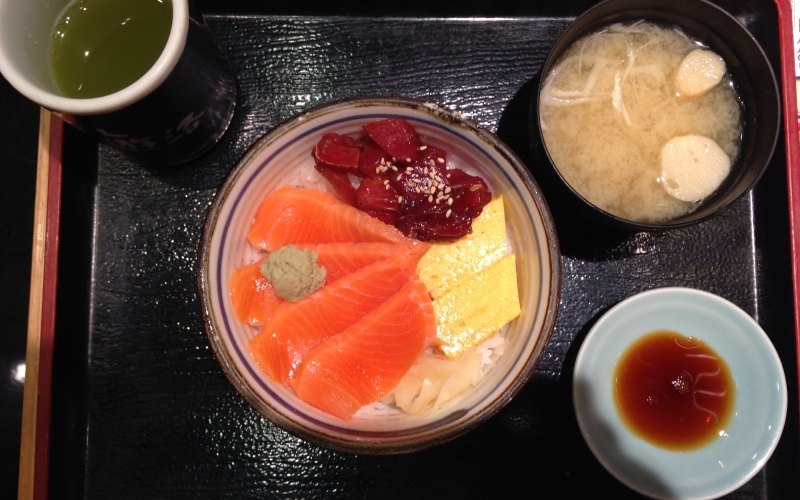
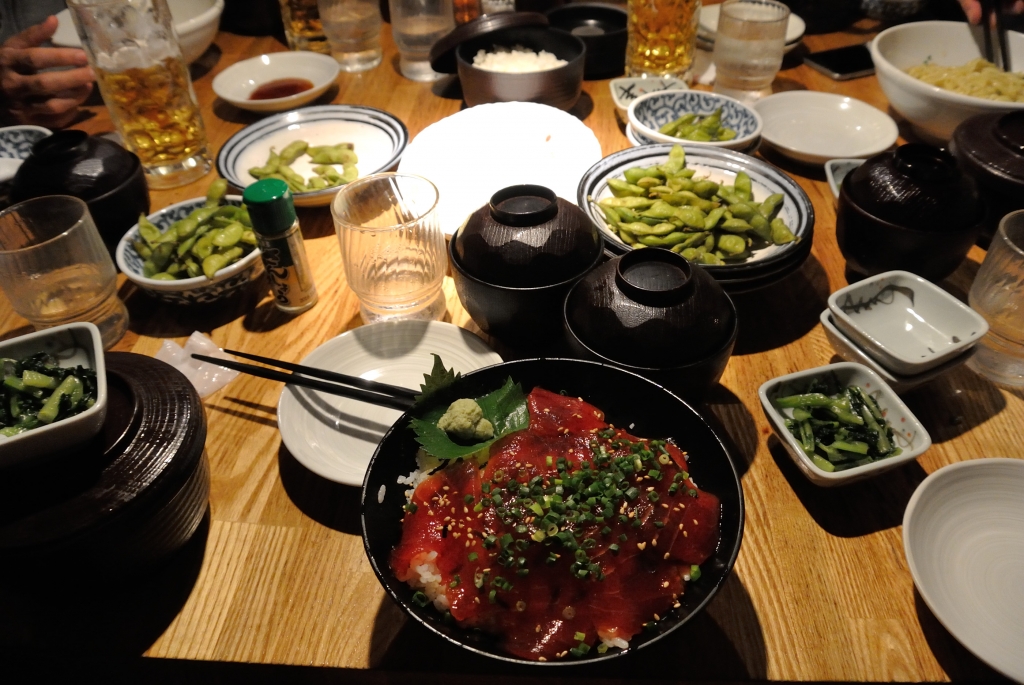

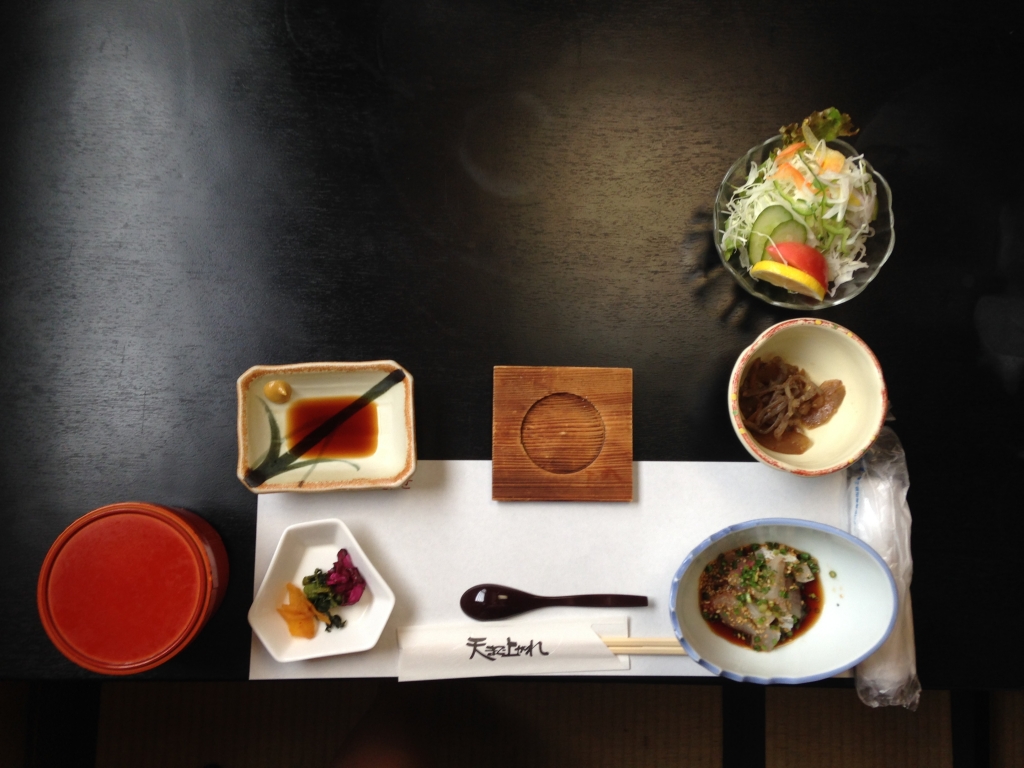


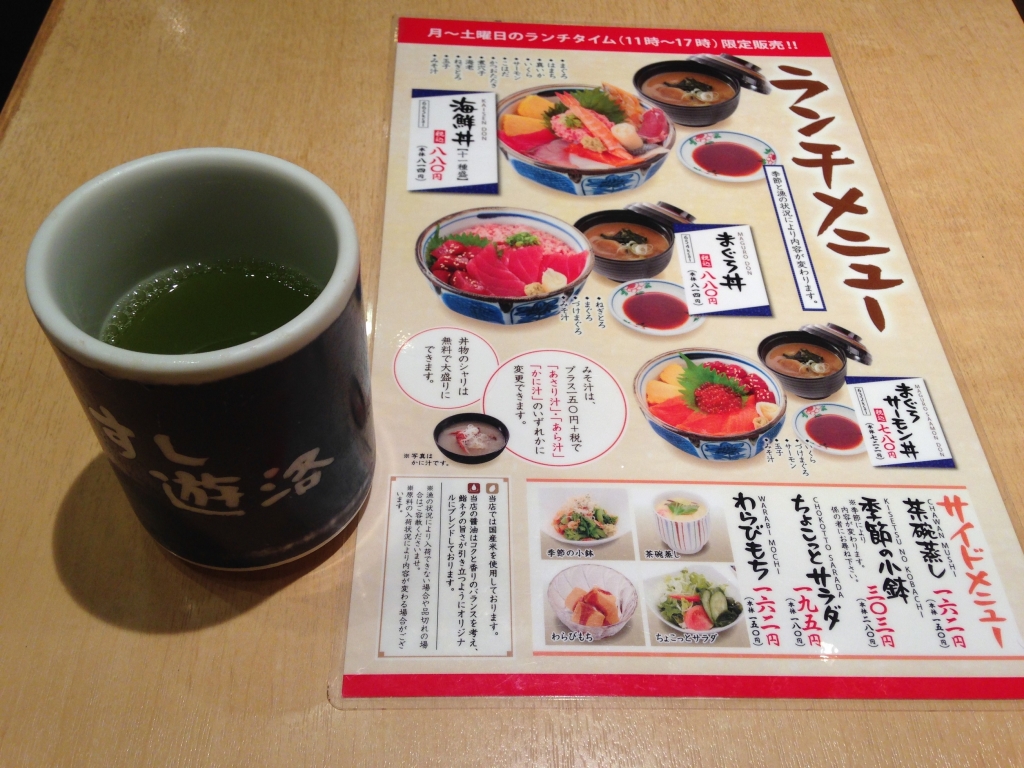
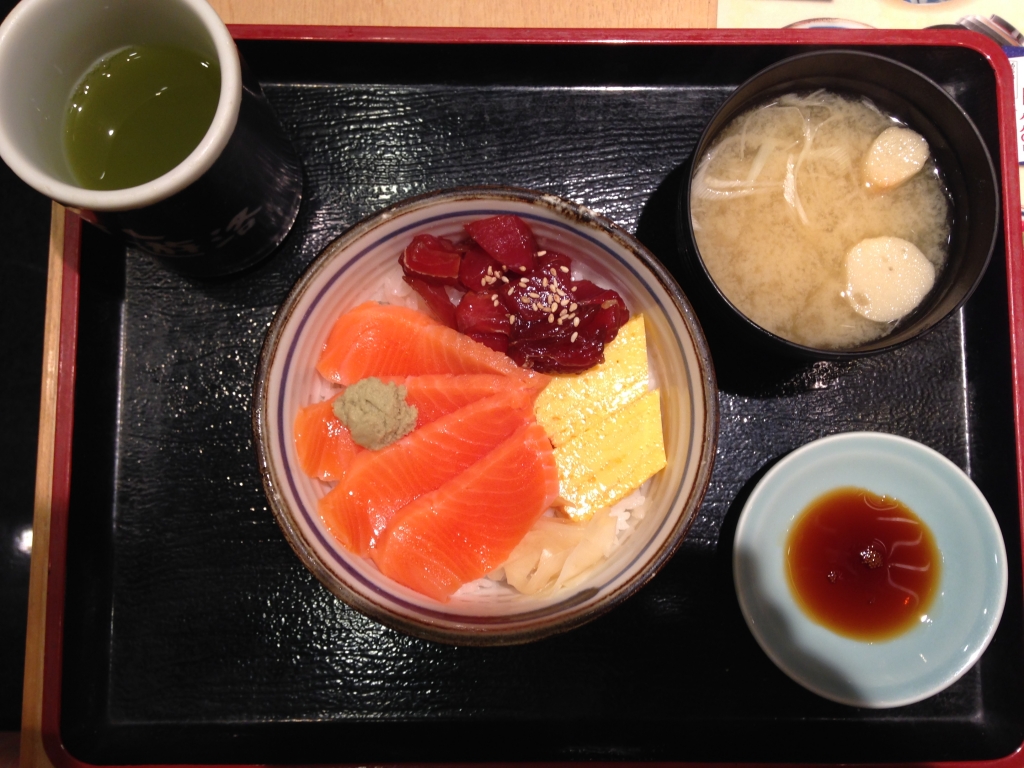
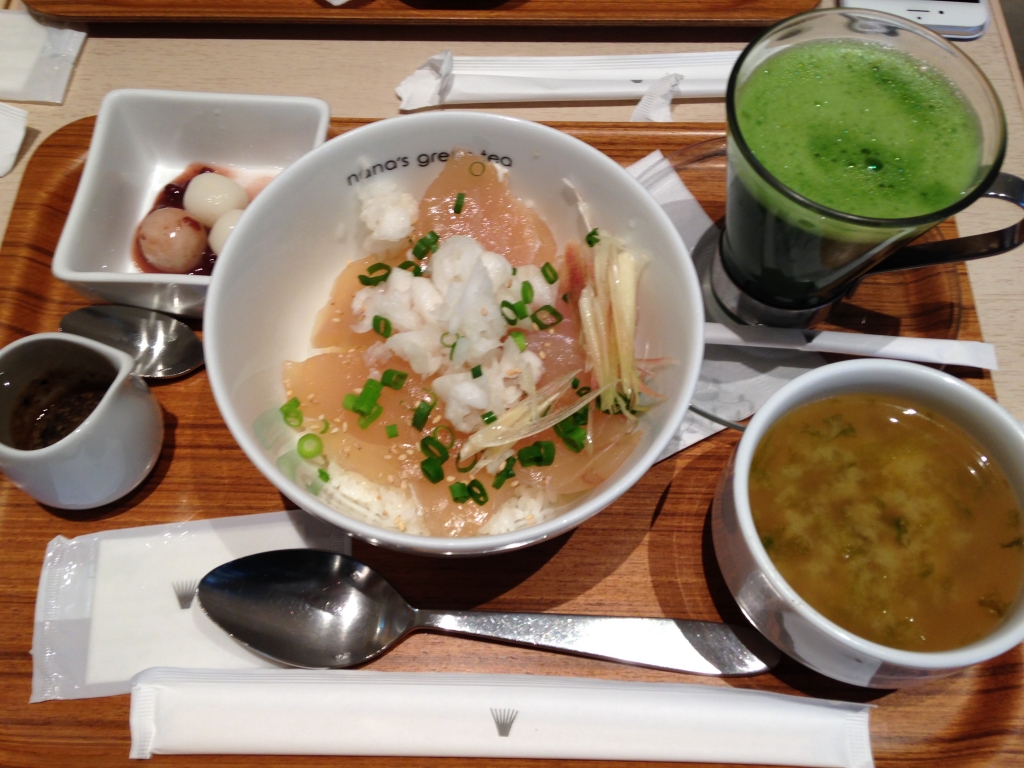
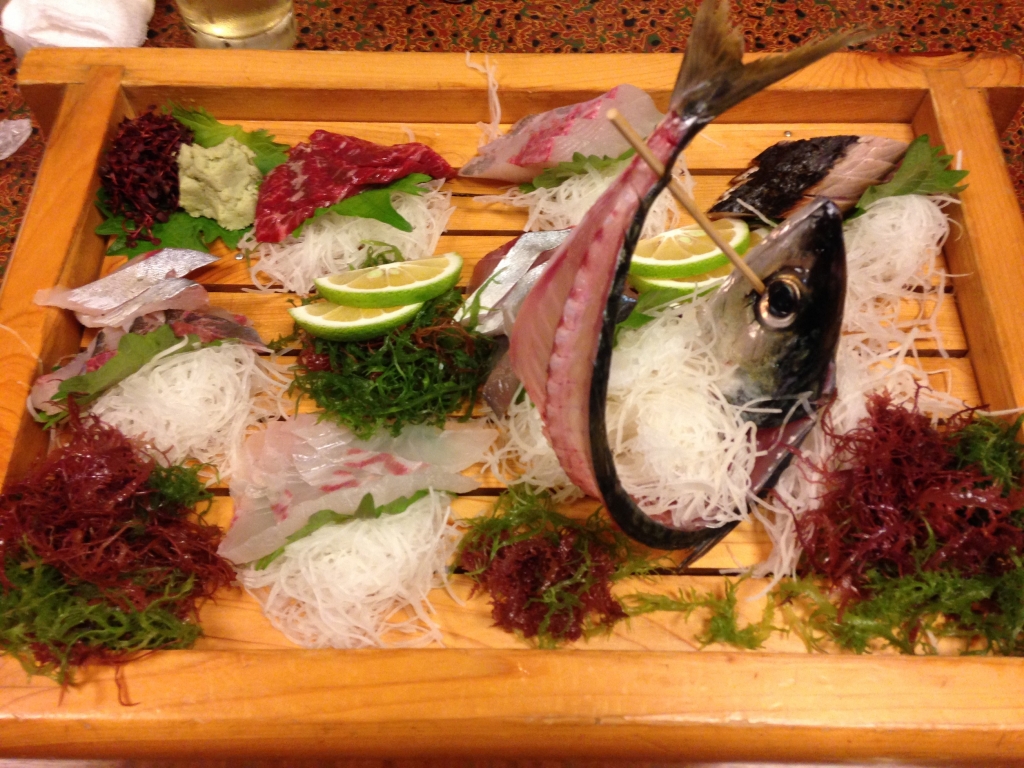



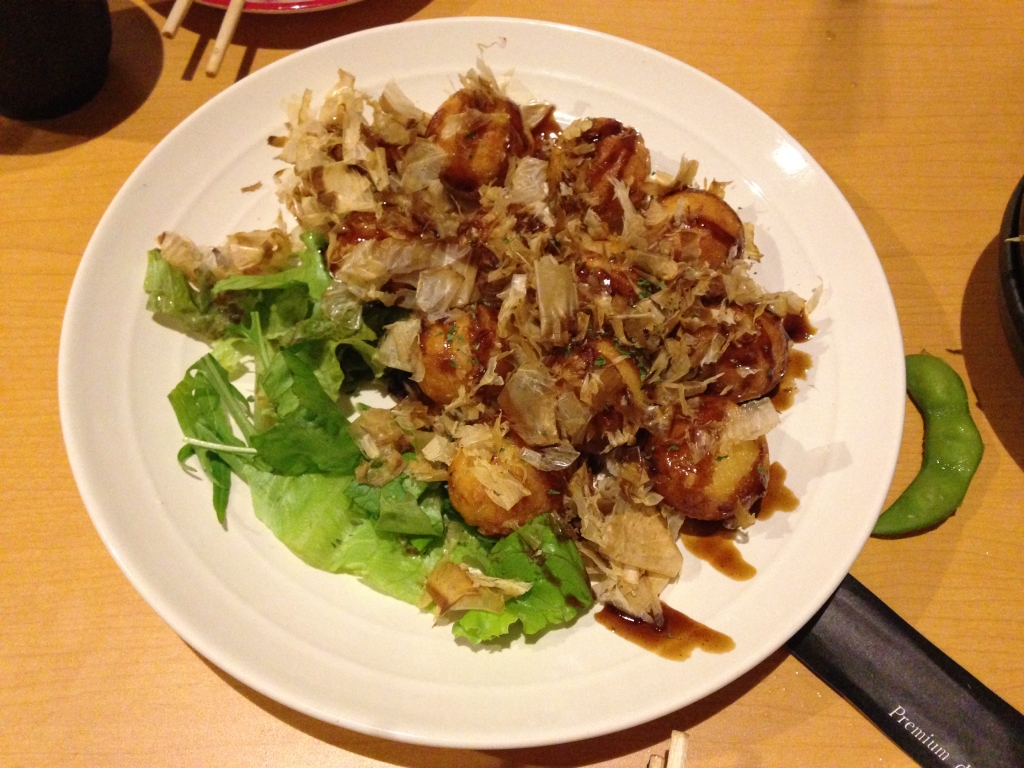
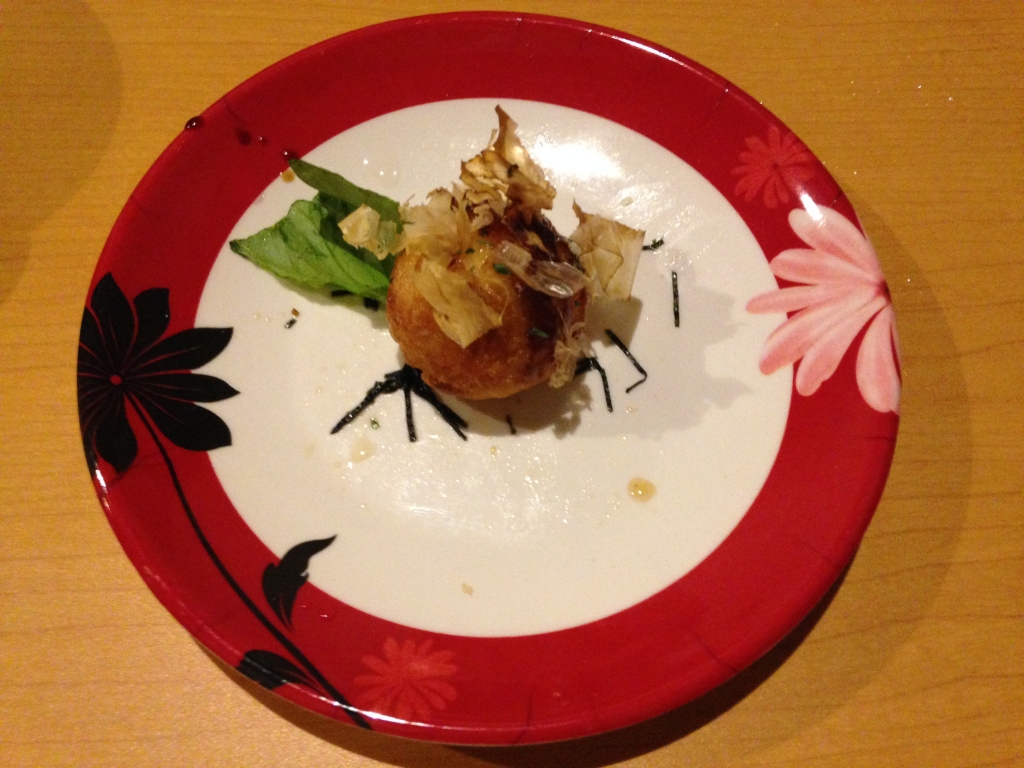
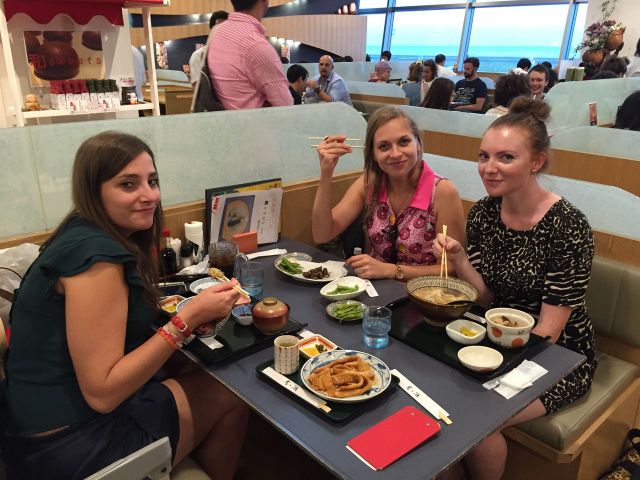
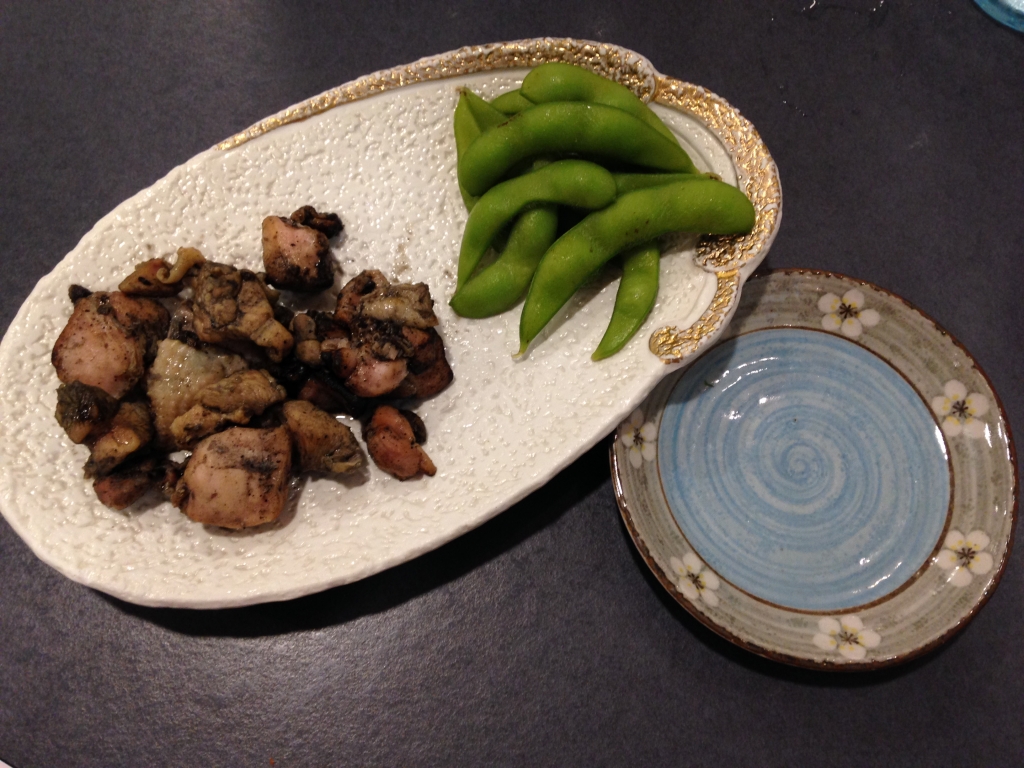
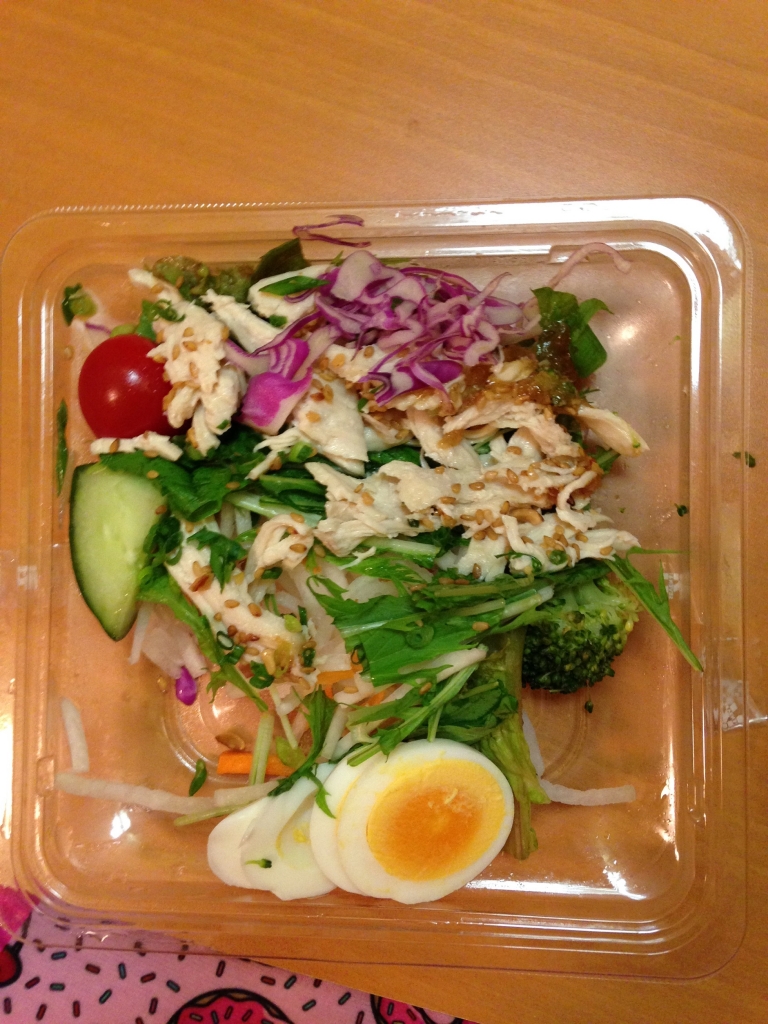



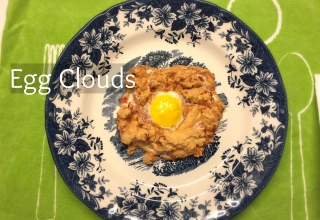
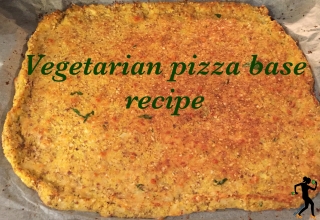
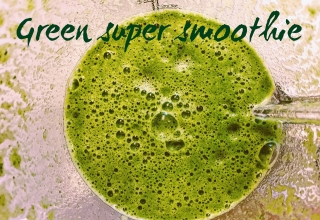













Leave a Reply